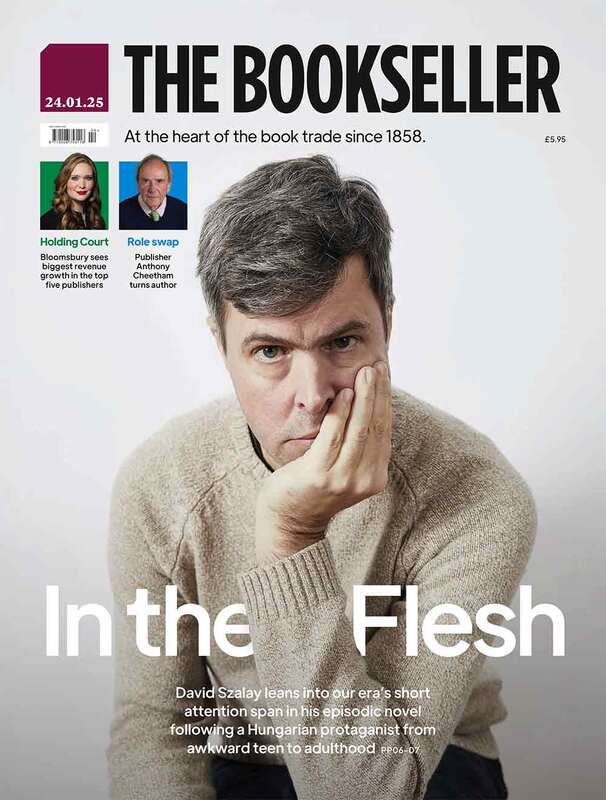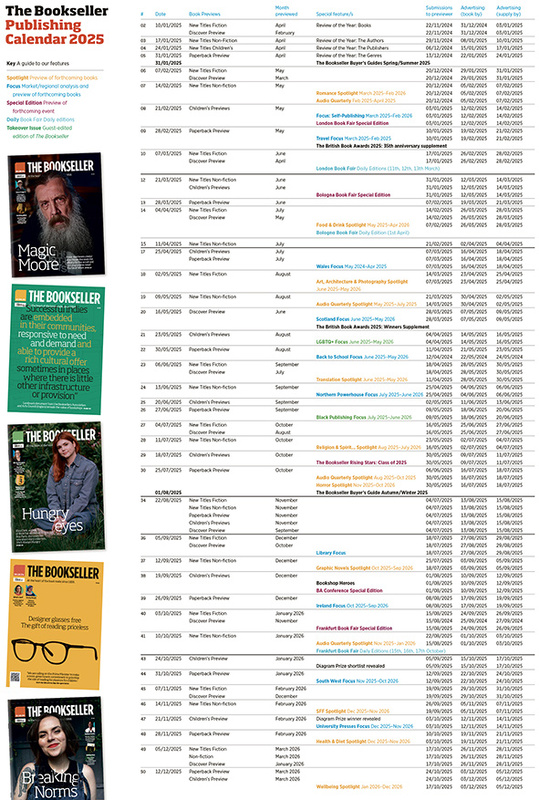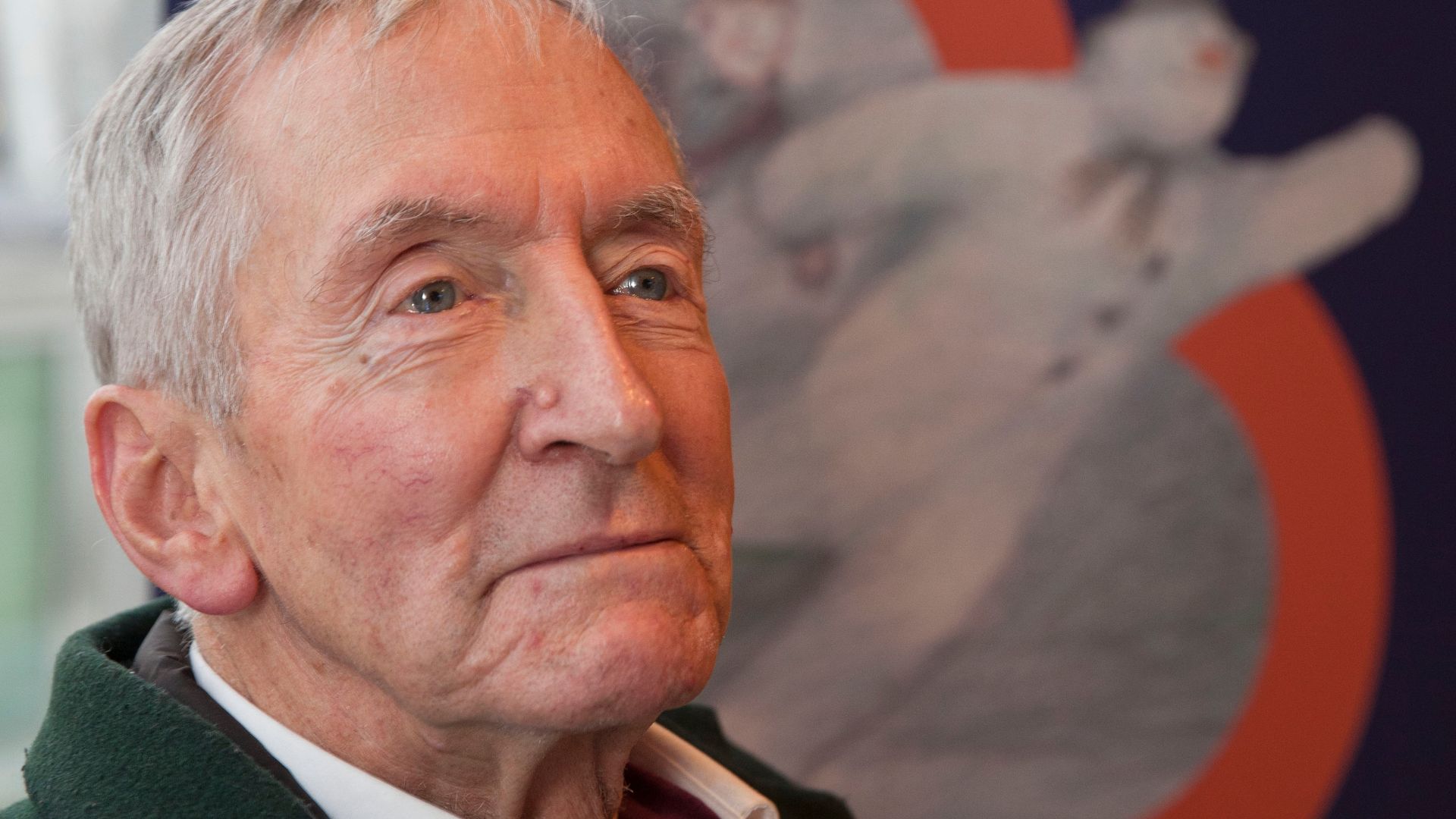You are viewing your 1 free article this month. Login to read more articles.
Industry celebrates ‘magical story teller’ Raymond Briggs as new exhibition opens
Friends, family and industry peers of illustrator Raymond Briggs gathered to celebrate the “magical storyteller”, coinciding with a new retrospective of his work.
The “warm, celebratory” event in East Sussex took place on Tueday (30th April) and included speeches by artist friends of Briggs’ and leading representatives of the three national charities benefiting from his legacy: Parkinson’s UK, Blood Cancer UK and Rethink Mental Illness.
Chaired by John Vernon Lord – an illustrator, old friend and former colleague of Briggs – the celebration coincided with a new retrospective of his work, which opened at the Ditchling Museum of Art & Craft on 27th April.
Francesca Dow, managing director of Penguin Random House Children’s, paid tribute. She said: “Raymond was a brilliant, observant, funny storyteller, honest about how life is, rather than how adults might wish to tell it to children. His books are illustrated story masterpieces, that address some of the fundamental questions about what it is to be human. He was a magical story teller and there’s a Raymond kindness and generosity of spirit that run through his books – it is no wonder that these have become classics, loved across generations. We are immensely proud that Puffin is the home of Raymond’s children’s books.”
Briggs is best known for his illustrated children’s books, Father Christmas (1973); Fungus the Bogeyman (1977) and The Snowman (1978), all published by Puffin. Other works, for adults, include the graphic novels When the Wind Blows (1982), published by Michael Joseph; The Tin-Pot Foreign General and the Old Iron Woman (1984), published by Hamish Hamilton and Ethel & Ernest (1998), published by Jonathan Cape.
Briggs’ friend and fellow artist, Alan Baker, also paid tribute, saying: “An artist can decide exactly what they want you to see. Whereas words can only really suggest. As a reader you have to interpret those words and your interpretation partly depends upon your experience of life – the communication is far less precise. The Snowman is an example of the power of illustration. It’s a silent book, silent like the snow. The medium was carefully chosen – the illustrations were carefully drawn in soft pencil to help conjure the gentle scenes. Raymond would often be careful to have his figures facing away from the viewer during his most emotional and poignant moments, because it would be impossible to do justice to the moment, see the final page in The Snowman… It is these careful and considered scenes that make his work so enduringly powerful.”
Following the celebration of Briggs’ work, guests made their way to nearby Ditchling Museum of Art + Craft for a private viewing of a retrospective exhibition of his work, “Bloomin’ Brilliant: The Life and Work of Raymond Briggs”, which includes 30 pieces from the late author’s estate with more than 100 original artworks and many never-seen-before items. The exhibition is open to the public from 27th April until 27th October 2024.


















